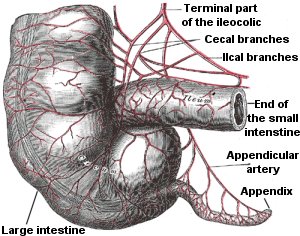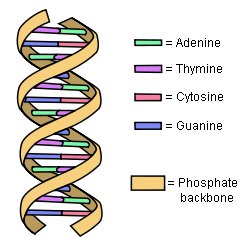Paul Garner is a British environmental scientist and Fellow of the Geological Society of London. He is a very active young-earth creationist researcher, currently doing original geological research in collaboration with Dr. John Whitmore and Dr. Steve Austin. He also recently authored a book called The New Creationism.
The word “new” in the title does not mean that he is offering some fundamentally new concept in creationism. Instead, the purpose of the book is to give the reader an understanding of the latest creationist models in the areas of astronomy, geology, and biology. In this purpose, Garner succeeds admirably. He is not only a very understandable writer, he is also very knowledgeable in a wide range of fields. As a result, this book is easy-to-read and (mostly) accurate.
There are many things l really like about this book, and one of them is that Garner makes sure the reader is not fooled by terminology. For example, in his second chapter (“The Sun, Moon, and Stars”) he discusses how astrophysicists think main sequence stars (such as our sun) eventually turn into different kinds of stars (like red giants, white dwarfs, and supergiants) and perhaps even supernovae. He then says:
Some creationists have instinctively reacted against this idea because the process of change is usually referred to as ‘stellar evolution.’ However, it is perhaps better to think of it as ‘stellar ageing’ because the changes are nothing more than an outworking of the law of entropy, the tendency of all natural systems to move towards a disordered state. (p. 37)
This is a very important point. What is generally referred to as “stellar evolution” has nothing to do with evolution as the term is generally used. It certainly has to do with change, and “evolution” can mean “change.” However, the general use of the term “evolution” implies an increase in complexity, and that is certainly not what goes on in stellar evolution.
Another thing I really liked about the book is that it concentrates on the evidence that supports creation and only discusses the evidence against evolution when necessary. Many creationist books are nothing more than attacks on evolution. While it is important to show a competing theory’s weaknesses, science should never be focused on shooting down opposing ideas. It should be focused on building up your own ideas. As a result, Garner gives the reader a lot of evidence that supports various creationist models.





